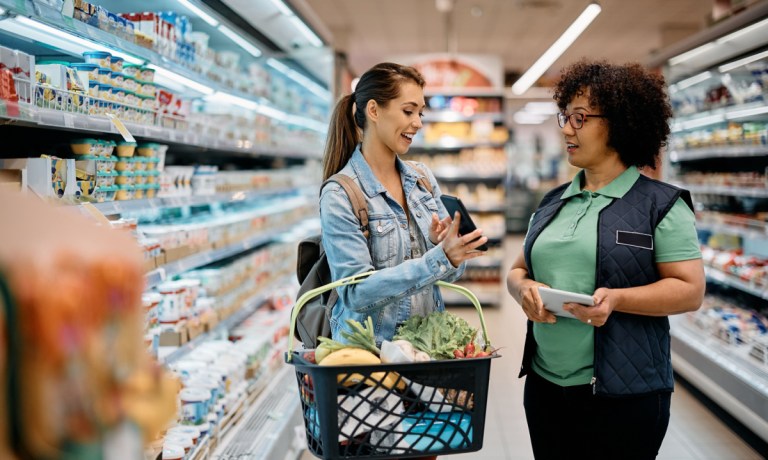
Brands are always seeking innovative ways to enhance customer loyalty and streamline rewards redemption, recognizing that a seamless and engaging experience is crucial for retention. By integrating partnerships and leveraging technology, companies are creating dynamic ecosystems that encourage frequent engagement and deeper connections with their customers.
In a strategic move in consumer loyalty and rewards redemption, Uber has partnered with Ascenda to allow customers worldwide to redeem their reward points for Uber credits. This collaboration integrates with Ascenda’s global premium rewards network, enabling FinTech and banking clients to provide their users with a straightforward way to apply these credits toward a variety of Uber services, including rides and Uber Eats.
As Uber operates in more than 70 countries and facilitates more than 30 million rides each day, this partnership is poised to enhance user engagement and satisfaction across its platforms.
In an interview with PYMNTS, Ascenda Chief Commercial Officer Josh Berwitz called the partnership a “smart distribution play for Uber” as it taps into Ascenda’s network of FinTech and banking clients, which serves more than 100 million high-value customers.
“This first-of-its-kind partnership enables Uber to market to this global customer base, acquire new customers, and obviously generate revenue from the redemption of Uber credits,” Berwitz said. “Uber credits are unique in that once loaded to Uber accounts, they can be used in any country where Uber is available. So, this is a highly relevant offering for a valuable segment of FinTech and banking consumers.”
The redemption experience will be “simple and frictionless” for consumers, Berwitz said, adding, “when end customers make the Uber credit redemption in the rewards section of their online banking site or app, the transfer occurs instantly and they’ll be able to use the credits in their Uber Wallet for rides or food delivery immediately. The credits can be applied in full or partially across multiple transactions. Credits can be used on any Uber product whether it’s Ride or Eats.”
Berwitz said the partnership is a “natural fit to our established loyalty product range. With a significant number of users being travelers, Uber provides an extension to the customer travel experience. Experiencing frictionless point transfers and simple redemption models mean customers will be highly satisfied.”
He added that the companies see opportunities to expand their partnership into other products and services, and “explore unique sources of value that can meet the needs of different customer segments or markets. This blueprint would allow banks and FinTechs to further drive engagement with their customers while also adding value for Uber.”
Meanwhile, Albertsons Companies reported notable gains in digital engagement in its fourth-quarter and full-year fiscal 2023 financial results. Digital sales surged 24%, a significant boost linked to the chain’s loyalty program, which experienced a 16% increase in membership, reaching nearly 40 million.
According to the PYMNTS Intelligence study, “2024 Global Digital Shopping Index: U.S. Edition,” created in collaboration with Visa Acceptance Solutions, 54% of grocery shoppers expect digital rewards or loyalty programs.
Using experiential benefits is an effective strategy to reduce churn in a loyalty program. For example, Six Flags, an operator of theme parks and water parks, launched a metaverse experience on Roblox that includes a rewards program. Users can earn “coastercoins” in this virtual environment and redeem them for rewards and activities at Six Flags’ physical parks.
In April, JCPenney introduced its Rewards and Credit Program, a complimentary loyalty initiative for customers. With more than 20 million rewards members who shop an average of five times per year, the new program will double the points earned by members, ensuring that everyone receives cash back annually. Membership is free and includes a guaranteed $20 in CashPass Rewards.